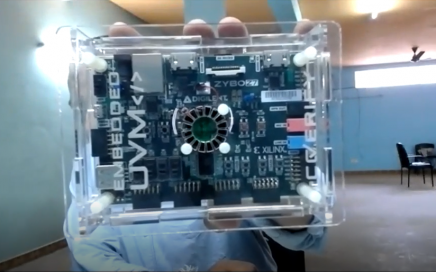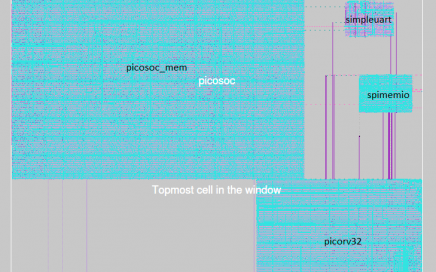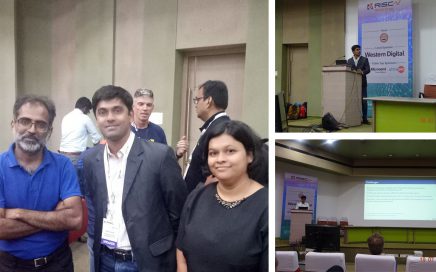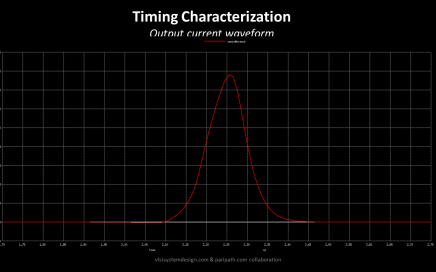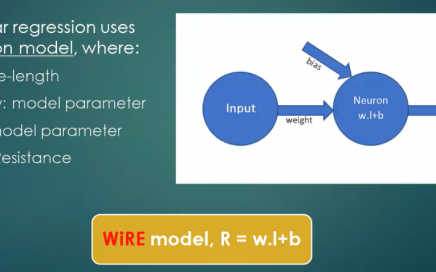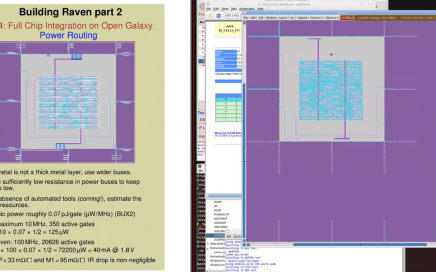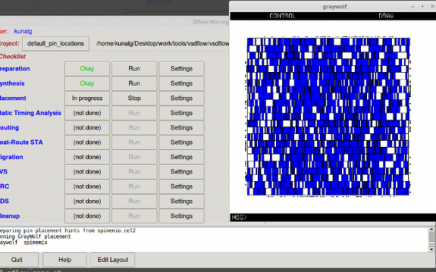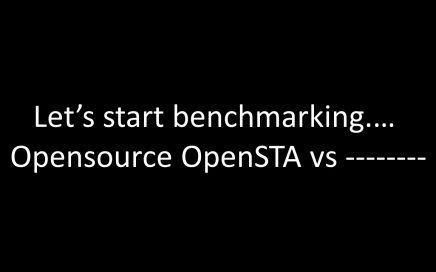
How about benchmarking Opensource openSTA against ——?
So, I took up two STA tools, OpenSTA from openroad project and “——-” from “——-“, to explain, to some extent, what “bench-marking” means to me. I would also encourage everyone reading this blog to come up with their definitions of “bench-marks” for other tools and we can model that. You can fill-up “——” with one of your favorite industry grade EDA tools. The concept of benchmark won’t change
